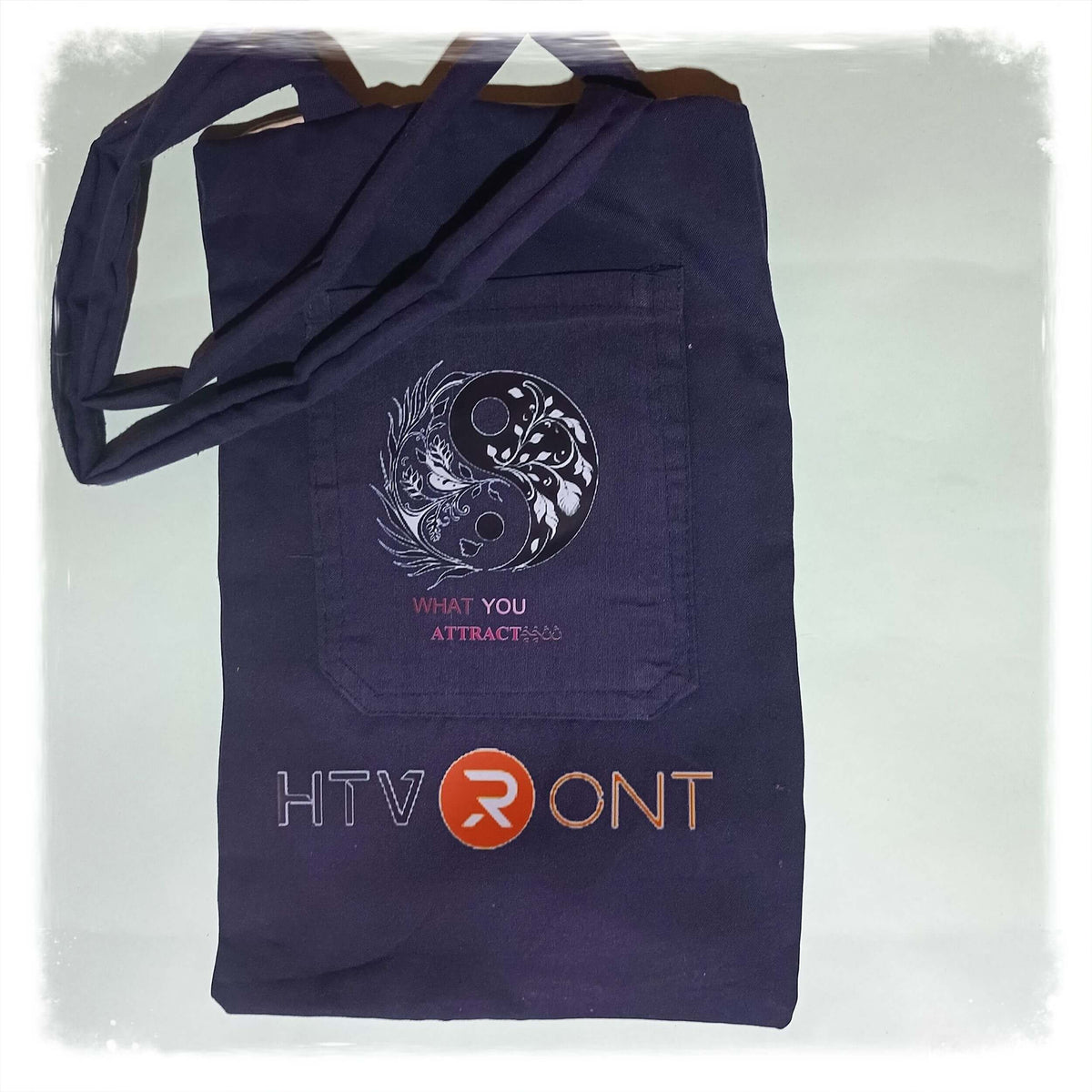
 Grab a Special Deal!
Grab a Special Deal!
Recommended products

SECURED PAYMENT

FREE SHIPPING ON ORDERS $39+
3-15 Days Delivery

MONEY-BACK GUARANTEE
Your satisfaction is our priority

 Grab a Special Deal!
Grab a Special Deal!









3-15 Days Delivery

Your satisfaction is our priority
 Grab a Special Deal!
Grab a Special Deal!
|
|
|
Reading time for 6 min
Quick in
If you've noticed around these days, trends come and go faster than the speed of light. One minute, low-rise jeans are the coolest and freshest vibe. Next, they’re too old and outdated.
So what’s hot now?
Is it golden teeth grills, or durag, or biker shorts? Nobody knows!
You catch my drift?
It feels like everything is changing so fast. Luckily, some things have learnt to adapt and evolve over time. And our dear old tote bag is one of them. Ask your grandma, she probably owned one or two.
And we understand why.
Tote bags are timeless. Originally, around 1940, their main purpose was carrying heavy loads to the house.
And these are the perks that made people love it so much; they’re multi-purpose, durable, sustainable, stylish, customizable and lastly, they are very, very, very simple to make.
All you need is a little time, little energy, simple instructions, and cheaply available materials.
Here’s a step-by-step guide to making a do-it-yourself tote bag from an old coat, complete with inner lining, straps, and a heat-pressed design.
Like a prepared crafter, you don't want to be interrupted while you’re in the zone. I mean, that's how someone ends up with a half-painted room, because they forgot to buy enough paint. We’ll need:
Now that we have all our materials, this is where we turn our old coat and boring pillowcase into neat fabric pieces.
It's time to cut another matching piece, but this time, the rectangles come from the old pillow case. And this might be the most important part of the bag.
And why not increase practicality by adding inner pockets? This is the safest place for your loose change, keys and even your phone. Isn't it lovely?
Having the pocket in place, now we sow sow sow…..
We're all done with the boring stuff - cutting, measuring and marking of our fabric. Now the fun part begins - stitching.
Don't turn it inside out just yet.
All you have to do now is throw away your stra…....just kidding. Now you attach your straps to your outer tote bag (right side).
It might look like assembling is the simplest or the most basic part. But no, it's actually the most complex of all the steps. Buckle up crafters!
What kind of crafters would we be without a little razzle dazzle?
You better go wild on your design - make it memorable!
Voila, your masterpiece is complete!
The creme-de-la-creme, you should be proud of yourself. You're a DIY tote bag-god now, so to speak.
As you can see, instead of throwing away your old worn-out apron, we've upcycled it into a stylish custom tote bag. Where we only needed an old cloth, hand-stitching machine, a cute design and a very dependable HTVRONT Heat Press 10”x10”.
We can all agree this was an absolute success! Right!?
So, guess what wine lovers, it's your turn for a little surprise. Join me next time for a step-by-step guide on how to turn a plain canvas to your very own custom wine bag.


Reselect your machine
Reselect your machine
Reselect your machine
Reselect your machine
Reselect your machine

To improve our service quality, we value your shopping experience at HTVRONT official website and your willingness to recommend us to others. Please take a few moments to complete this survey.Your opinions are important to us. Thank you for your participation and support!
Website interaction (e.g., shopping page, promotion, order, payment process)
Product (e.g., product quality, style)
Logistics (e.g., shipping, delivery)
Customer Service (e.g., response speed, professionalism)
[Website - Shopping Page]
[Website - Promotion]
[Website - Order and Payment Process]
[Product]
[Logistics]
[Customer Service]
























